Developers Uribe Schwarzkopf are ushering in a new dynamic era for Quito
Following on from a journey to Quito in our Summer 2020 issue, we sit down with Tommy and Joseph Schwarzkopf of leading Ecuadorean developers, Uribe Schwarzkopf to discuss a city in transition
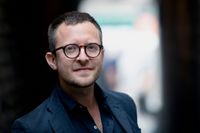

Pre-pandemic Quito was a thrilling, thriving capital city, poised to step out of the shade of its more famous Latin American capitals and into the limelight. Ecuador has widely been reported as one of the early hotspots for Covid-19 in the continent and there have been protests in Quito at the government’s handling of the crisis. As is the case globally, the economic, political and social fallout here is unknown. Perhaps the only certainty, indeed for all of us, is that the future is not what we thought it would be.
Uribe Schwarzkopf, Quito’s leading developers, have been in the business of building the capital’s future for nearly 50 years. Founded in 1973 by architect Tommy Schwarzkopf, the son of Czech immigrants, the firm has built almost 200 projects in Quito. Tommy and his son Joseph (now general manager of the business) recently collaborated with several global architects, introducing striking projects of noteworthy design to the Quito skyline, simultaneously accommodating for and driving a new urban lifestyle culture in the capital. Who better to call upon to find out what lies ahead for Quito?
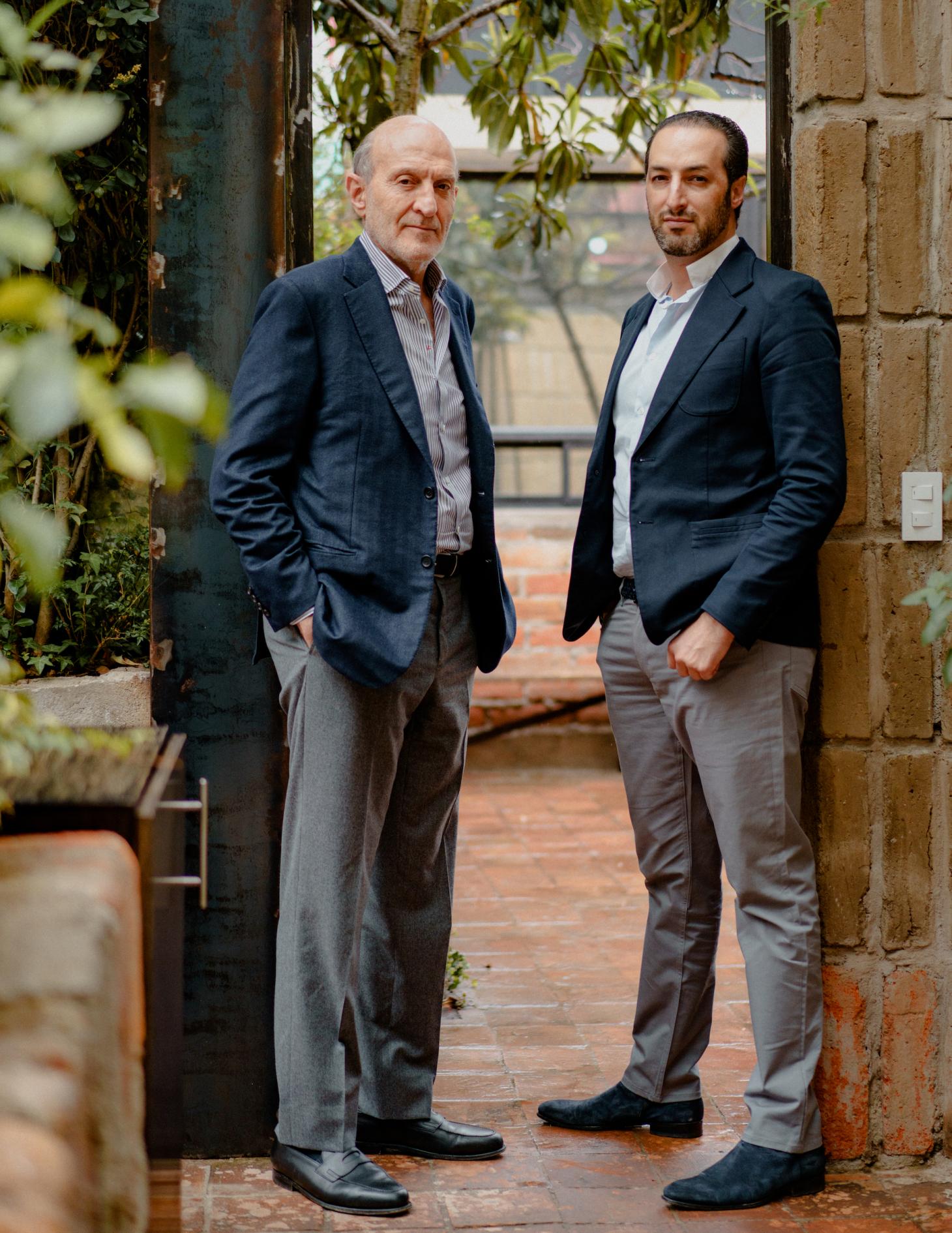
Tommy and Joseph Schwarzkopf.
Wallpaper*: You describe Uribe Schwarzkopf as ‘more than developers’ – what do you mean by this?
Tommy Schwarzkopf: In a literal sense we are architects, builders, developers, social and cultural engineers, too. I’ve always believed that our mission is greater than that of developers in the standard sense. We work in the service of Quito – the city and its population – and our goal must be positive change and impact for both.
Joseph Schwarzkopf: We might be a heritage family firm, but we are a new breed of developer, practising what we call ‘healthy urbanism’. We take our responsibility seriously to understand the connections between design, construction, infrastructure and urbanism. In a rapidly developing capital and culture, we have opportunities to learn and implement good social and environmental practices in all that we do.
W*: What are some examples of this?
Tommy: A values-driven approach that cuts through everything we do: from achieving the highest global standards for our architecture and construction, to both founding and supporting local environmental and urban sustainability initiatives. We are working towards B Corporation certification to quantify our commitment to positive practice and purpose beyond profit.
Joseph: Last year we founded an initiative called Mujeres de Altura (Women of Height) to empower women to work in construction by offering training and support. Our construction sites have 10 per cent female workers compared to the national average of 2 per cent. In a wider sense, we are conscious of the importance of culture in healthy urbanism. We support several cultural hotspots and programmes across the city, with a view to raising the quality of life of Quito’s inhabitants.
W*: You have an impressive roster of collaborators in architecture and design – Moshe Safdie, BIG, Jean Nouvel, Tatiana Bilbao, Philippe Starck, Marcel Wanders, Arquitectonica, Carlos Zapata. Are you committed to the local architectural scene also?
Joseph: Absolutely – we do our best to maintain a balance of working with international and local firms. Quito has an impressive scene and a growing younger generation of excellent and interesting architects like Diez + Muller, Leppanen Anker, Felipe Escudero and Daniel Moreno Flores, all of whom we work with. Collaborating with global names in architecture is not for star-collecting, it brings interesting and different creative perspectives to the urban landscape here, and helps us raise the quality of our own construction industry.
Tommy: Each of our collaborations is a cultural dialogue that brings different results. We are clear that we are offering lifestyle upgrades for the rapidly expanding middle and upper middle classes here in Quito. We take the idea of community seriously – servicing communities that inhabit our residential properties, but also providing for local communities.
W*: How does the property and construction landscape look today in the shadow of the pandemic?
Joseph: As with communities, industries and countries everywhere, it is a tragic situation and an uncertain future here. Our immediate focus is on providing practical support to those in need, in ways that we can. Going forward, we have seen in previous difficult times that construction and housing markets bounce back. They are solid ways of boosting economies, and in times of uncertainty, people feel more secure investing in property than keeping savings in the bank. The saying ‘safe as houses’ resonates with us, though our literal translation is ‘safe as bricks’.
Tommy: I am sure our investment in design, culture and urbanism will serve us well. We have been careful to create buildings that respond to the needs and desires of their inhabitants and contribute positively to neighbourhood and city life, too. However significant the trials and tribulations that disrupt life, good design stands up to time.
SEE MORE FROM WALLPAPER* SUMMER 2020 ISSUE

A view of the city of Quito, seen sprawling over the Andean foothills.
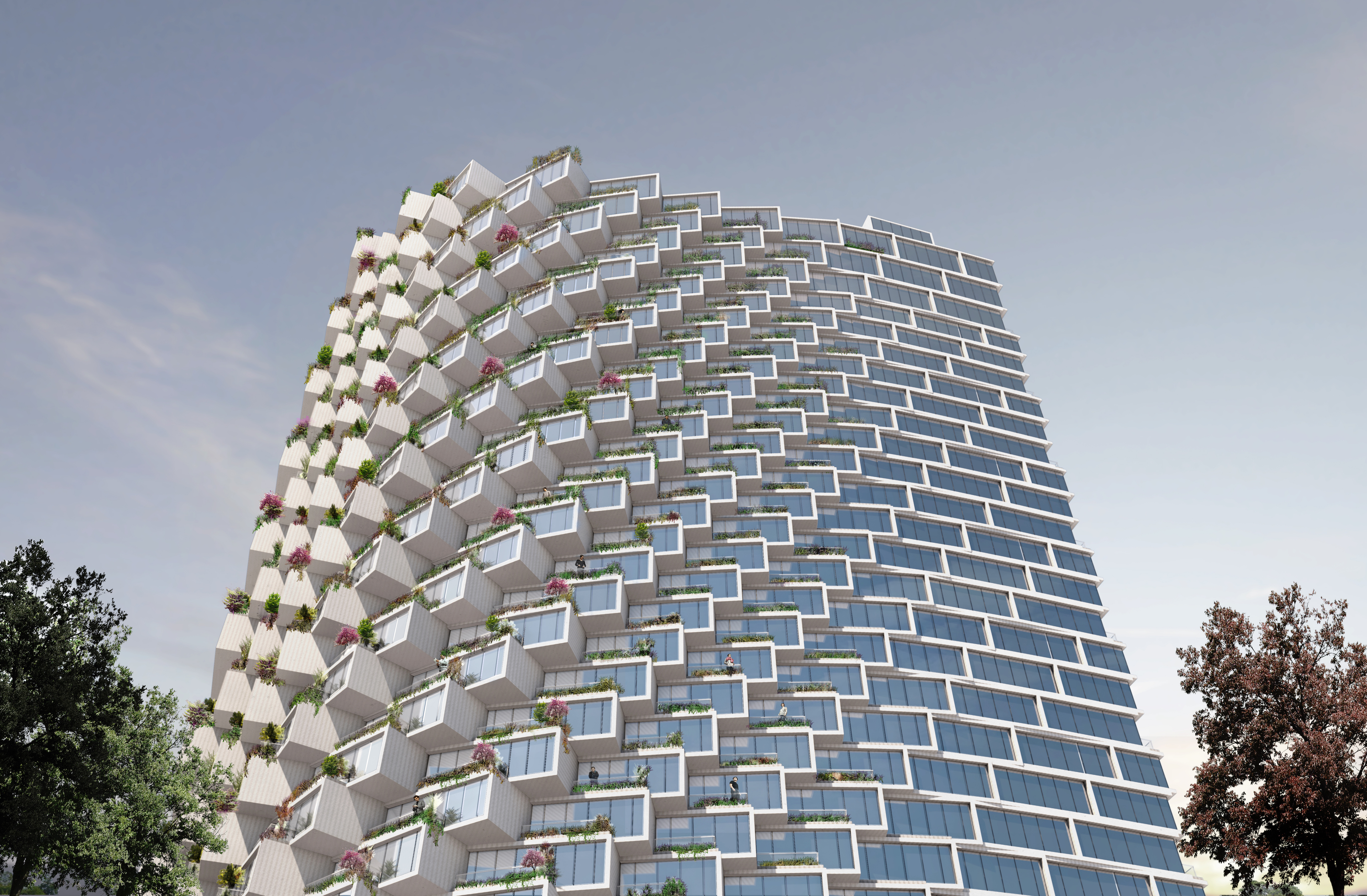
A rendering of Iqon, an upcoming 32-storey tower by Bjarke Ingels Group that will become the tallest building in Quito.
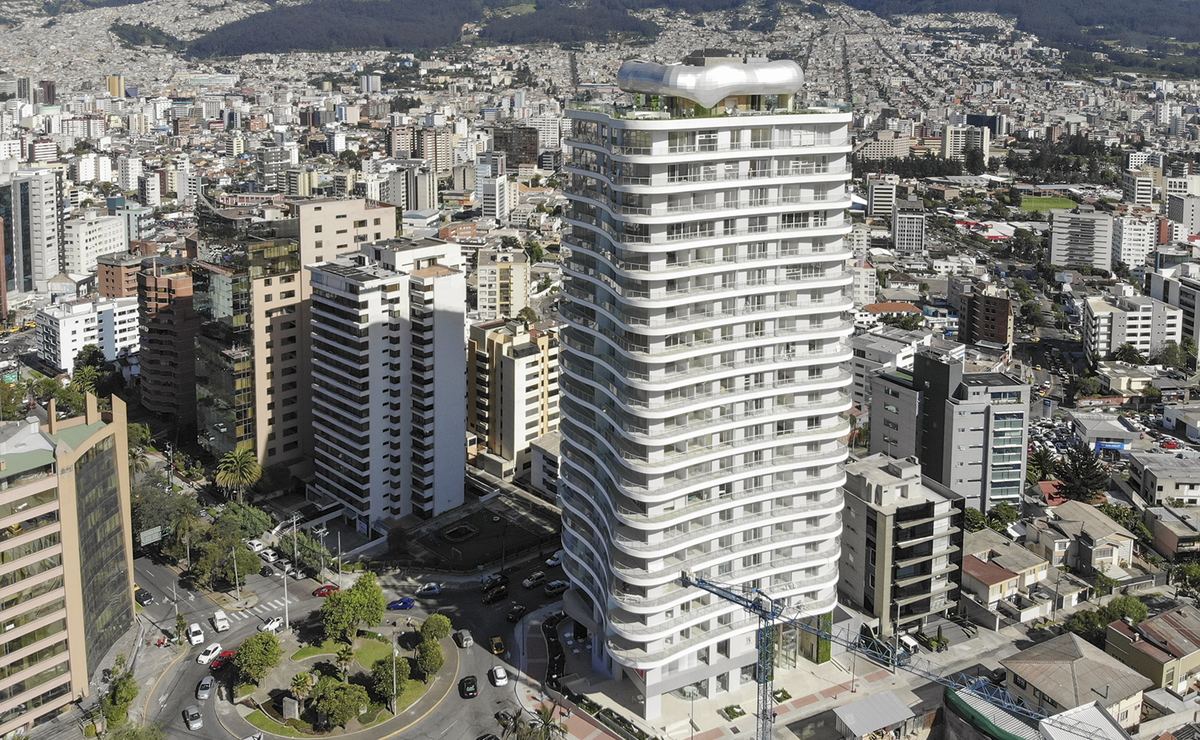
Yoo Quito, by Philippe Starck and Arquitectona, combining regional design with a modern aesthetic. A sculptural ’cloud’ structure defines the roof terrace.

Echoing the form of the surrounding mountains, Jean Nouvel’s Aquarela residential project for Ecuadorian developer Uribe & Schwarzkopf, under construction in Cumbayá, on the outskirts of Quito.

Jean Nouvel’s Aquarela apartments are among numerous residences by international architects that are being snapped up, often off-plan, by wealthier Quiteños

A rendering of Qorner, by Moshe Safdie Architects. The fractalised tower profile creates generous landscaped terraces on each level, with operable glass walls that allow residents to take full advantage Quito’s temperate weather.
INFORMATION
Receive our daily digest of inspiration, escapism and design stories from around the world direct to your inbox.

Hugo is a design critic, curator and the co-founder of Bard, a gallery in Edinburgh dedicated to Scottish design and craft. A long-serving member of the Wallpaper* family, he has also been the design editor at Monocle and the brand director at Studioilse, Ilse Crawford's multi-faceted design studio. Today, Hugo wields his pen and opinions for a broad swathe of publications and panels. He has twice curated both the Object section of MIART (the Milan Contemporary Art Fair) and the Harewood House Biennial. He consults as a strategist and writer for clients ranging from Airbnb to Vitra, Ikea to Instagram, Erdem to The Goldsmith's Company. Hugo recently returned to the Wallpaper* fold to cover the parental leave of Rosa Bertoli as global design director, and is now serving as its design critic.
-
 ‘I want to bring anxiety to the surface': Shannon Cartier Lucy on her unsettling works
‘I want to bring anxiety to the surface': Shannon Cartier Lucy on her unsettling worksIn an exhibition at Soft Opening, London, Shannon Cartier Lucy revisits childhood memories
-
 What one writer learnt in 2025 through exploring the ‘intimate, familiar’ wardrobes of ten friends
What one writer learnt in 2025 through exploring the ‘intimate, familiar’ wardrobes of ten friendsInspired by artist Sophie Calle, Colleen Kelsey’s ‘Wearing It Out’ sees the writer ask ten friends to tell the stories behind their most precious garments – from a wedding dress ordered on a whim to a pair of Prada Mary Janes
-
 Year in review: 2025’s top ten cars chosen by transport editor Jonathan Bell
Year in review: 2025’s top ten cars chosen by transport editor Jonathan BellWhat were our chosen conveyances in 2025? These ten cars impressed, either through their look and feel, style, sophistication or all-round practicality
-
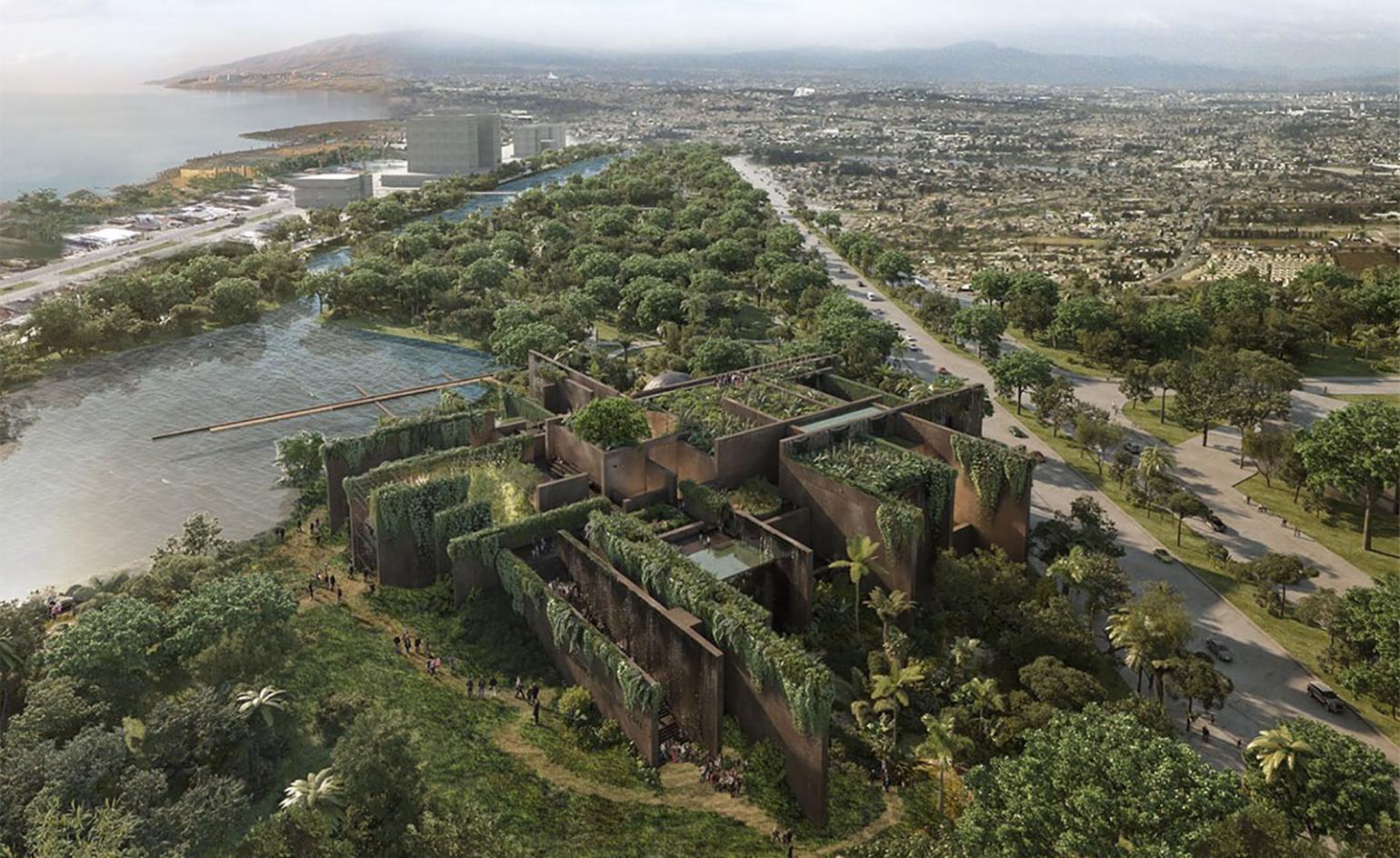 Out of office: coffee and creative small talk with Tatiana Bilbao
Out of office: coffee and creative small talk with Tatiana BilbaoBodil Blain, Wallpaper* columnist and founder of Cru Kafé, shares coffee and creative small talk with leading figures from the worlds of art, architecture, design, and fashion. This week, it’s Mexican architect Tatiana Bilbao, who is currently designing a brutalist, ethical aquarium in Mazatlán and has an exhibition at Copenhagen's Louisiana Museum of Modern Art opening in October 2019
-
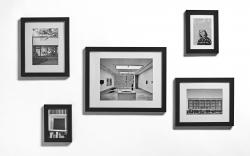 At home with Deborah Berke
At home with Deborah BerkeArchitect Deborah Berke talks to us about art, collaboration, climate change and the future, from the living room of her Long Island home
-
 Rheaply redefines circular economy in architecture
Rheaply redefines circular economy in architectureOn Earth Day 2022, we speak to Rheaply founder Garry Cooper Jr about his innovative business that tackles reuse and upcycling in architecture and construction
-
 Paolo Soleri's sustainable urban experiment Arcosanti enters new era
Paolo Soleri's sustainable urban experiment Arcosanti enters new eraWe meet Liz Martin-Malikian, Arcosanti’s new CEO, who takes us through the vision and future for Paolo Soleri's sustainable urban experiment
-
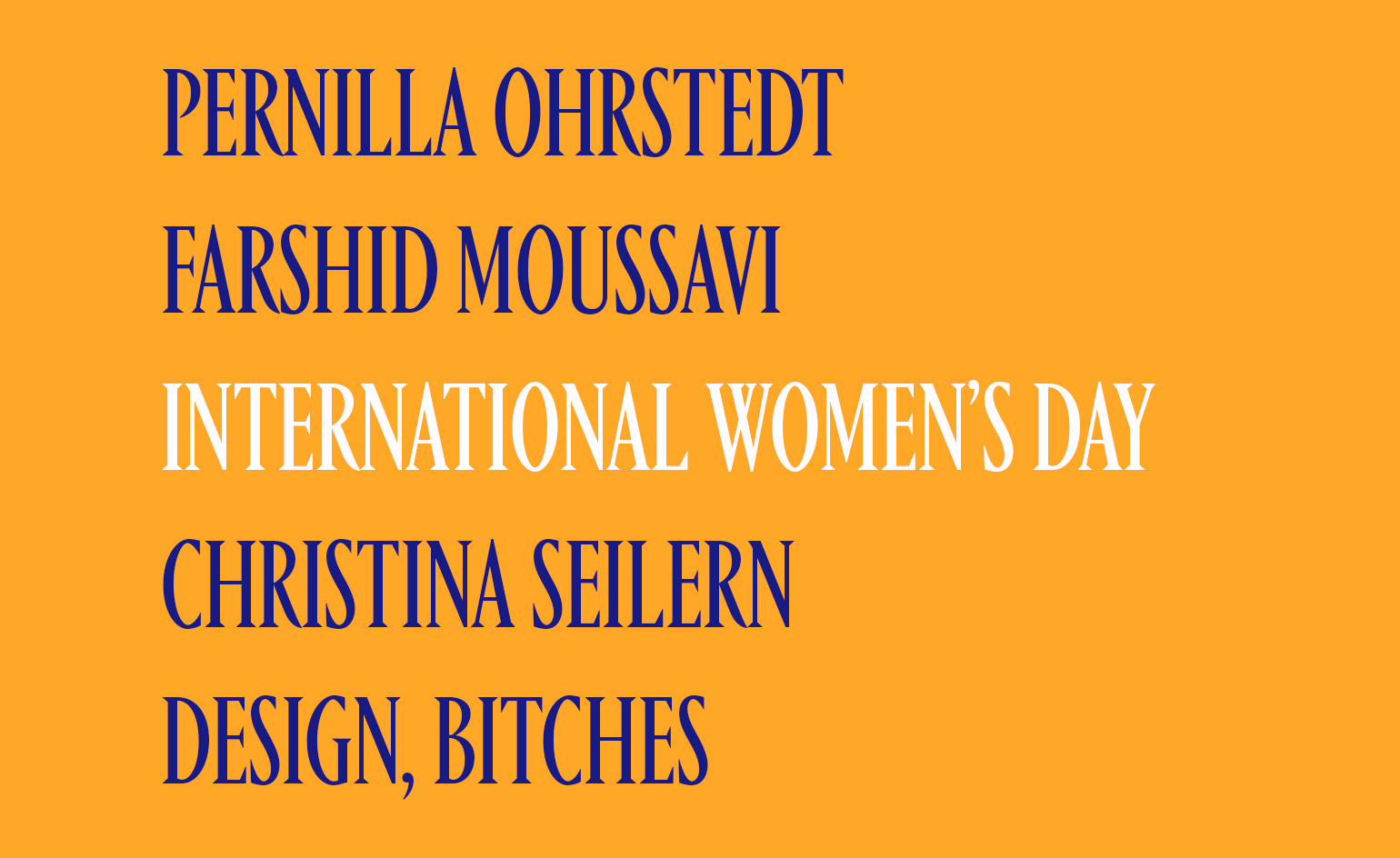 International Women’s Day: leading female architects in their own words
International Women’s Day: leading female architects in their own wordsInternational Women’s Day 2022 and Women’s History Month: Wallpaper* talks to four leading female architects about dreams, heroines and navigating the architecture world
-
 Sou Fujimoto judges Wallpaper* Design Awards 2022
Sou Fujimoto judges Wallpaper* Design Awards 2022We chat with Wallpaper* Design Awards 2022 judge Sou Fujimoto about his work in Japan and abroad, and our shortlisted designs and winners
-
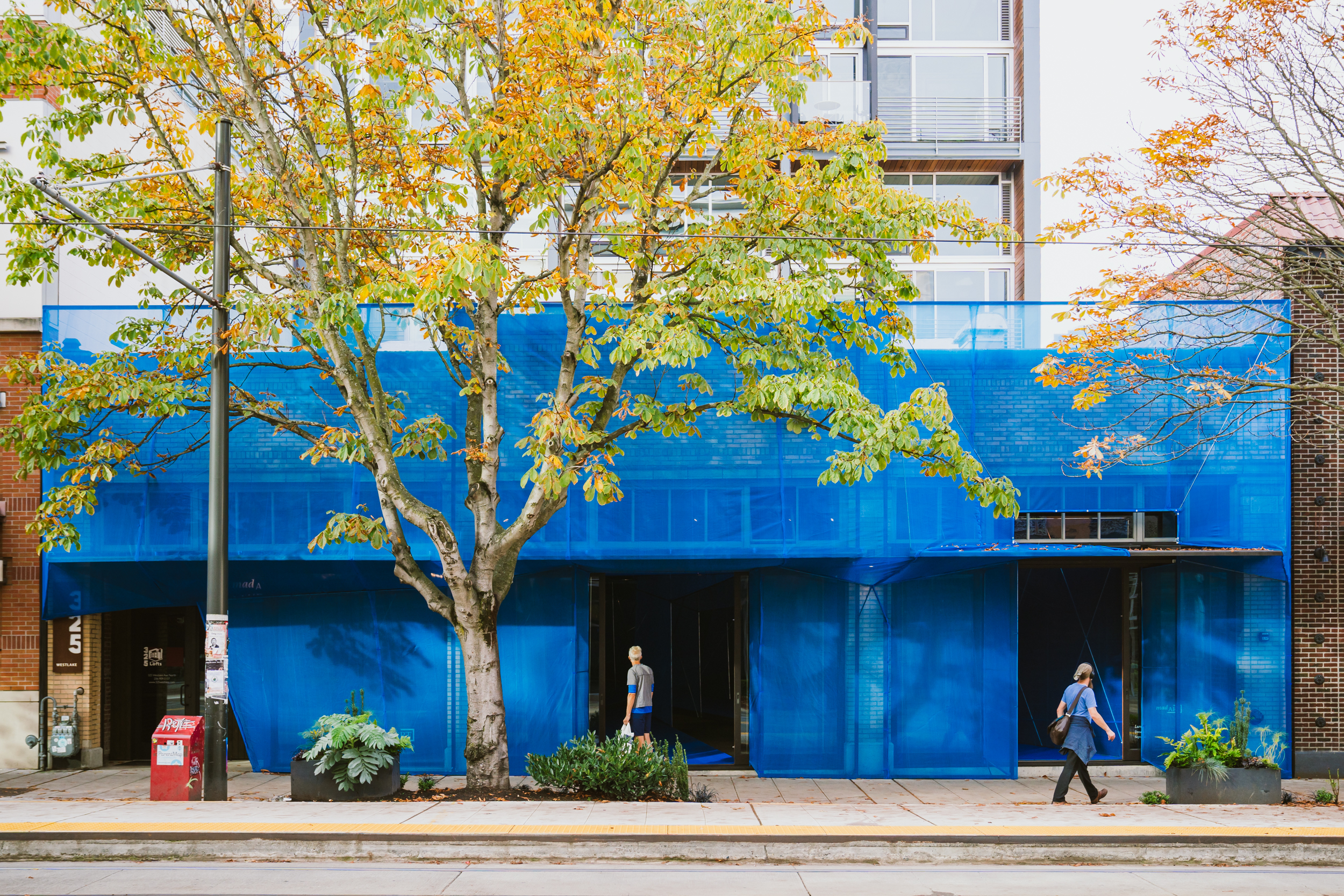 Dream the Combine cross-pollinates and conquers
Dream the Combine cross-pollinates and conquersThe American Midwest is shaking up the world of architecture. As part of our Next Generation 2022 project, we’re exploring ten local emerging practices pioneering change. Here we meet Minneapolis duo Dream the Combine
-
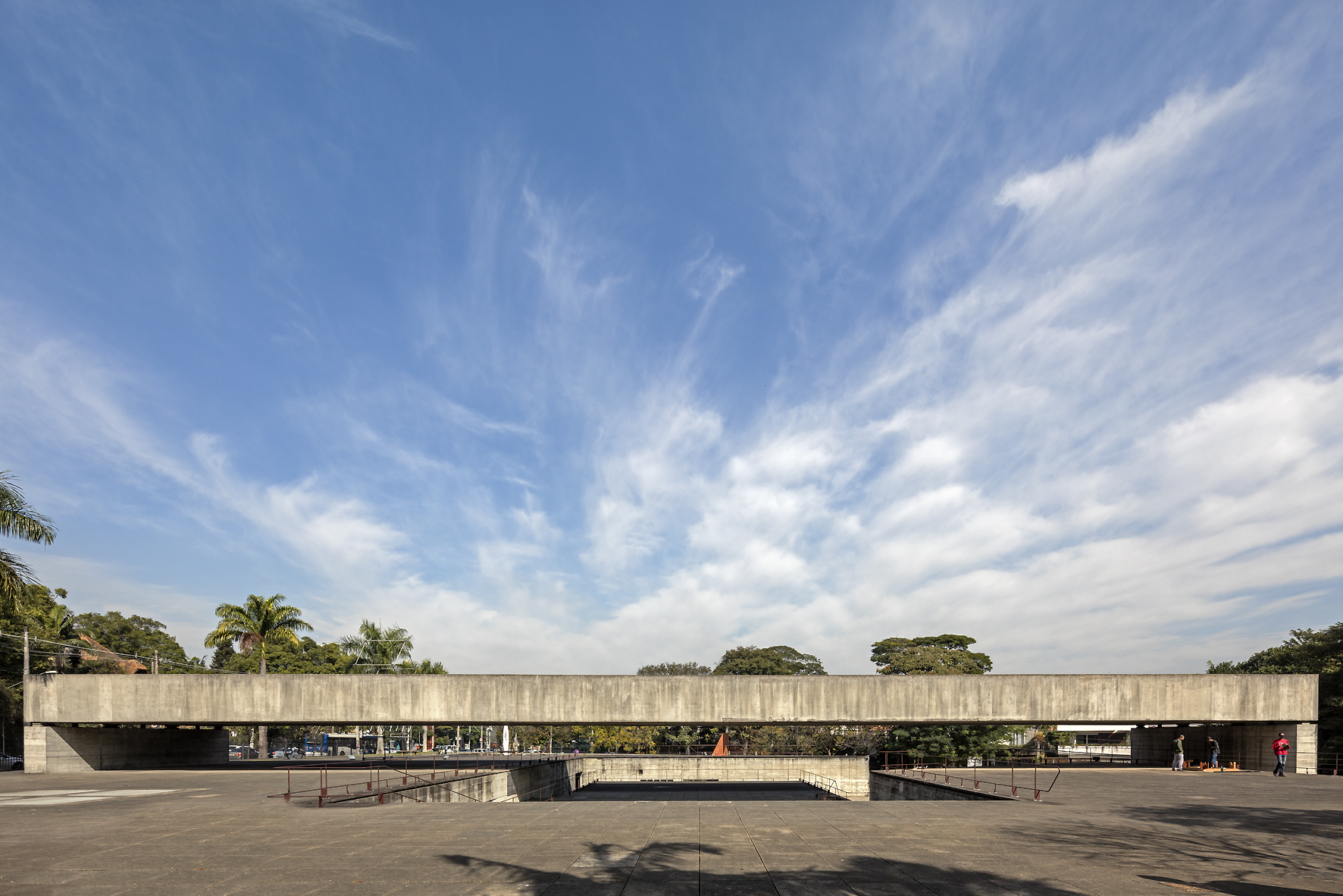 Architecture in the words of Paulo Mendes da Rocha
Architecture in the words of Paulo Mendes da RochaGreat modernist Paulo Mendes da Rocha passed away on 23 May 2021 aged 92. Here, we revisit the interview he gave Wallpaper* in 2010 for our Brazil-focussed June issue, talking about architecture, awards and his home country